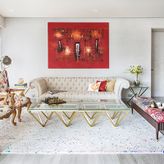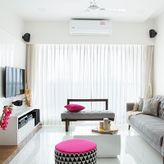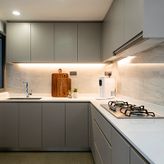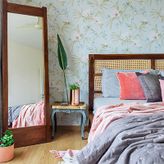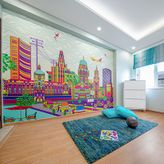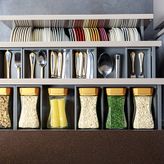Our Indian Materials 101 series takes you back to the basics and tells you everything you need to know about building materials used in Indian homes. There’s a lot more to consider than just colour when it comes to choosing paints for your home. Moreover, you can create a wide range of effects and protect your walls with the help of different types of paints. This starter kit is the perfect way to dip your toes into all the various options.
The best kinds of house paints for your walls
Types of paints for walls #1: Oil paint
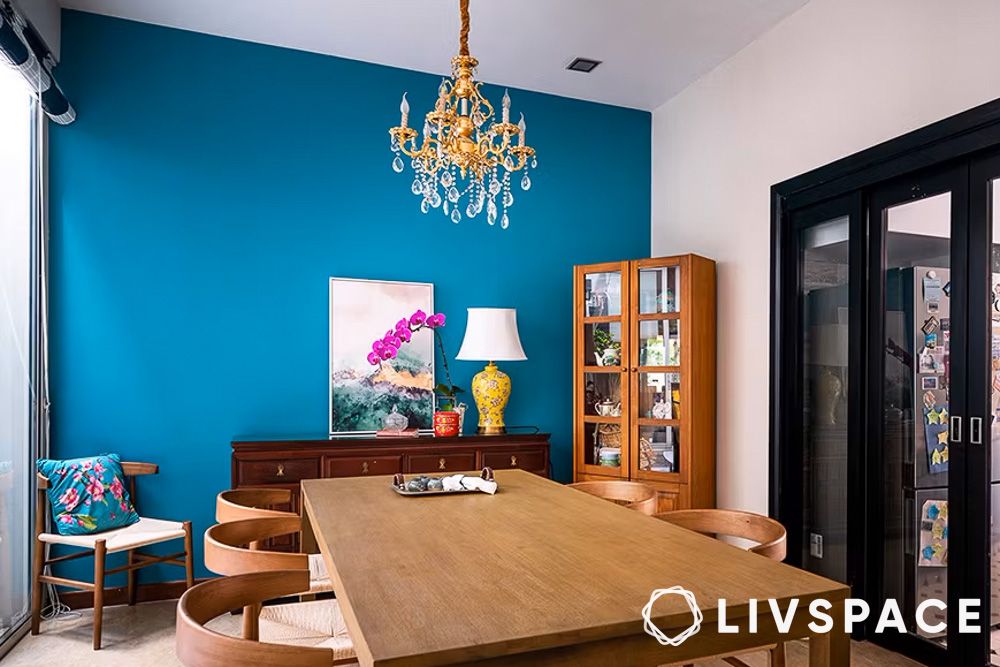
Oil paint is basically a mixture of pigment particles and an oil, usually linseed. You can apply this type of paint as a primer, an undercoat or a finish coat. This type of house paint is ideal if you are looking for a smooth and rich finish, durability and gloss. Additionally, it is water-resistant and easy to clean and apply. However, it takes more than 24 hours to dry.
Suitable for: Doors, wooden and metal surfaces, walls, windows
Types of paints for walls #2: Cement paint
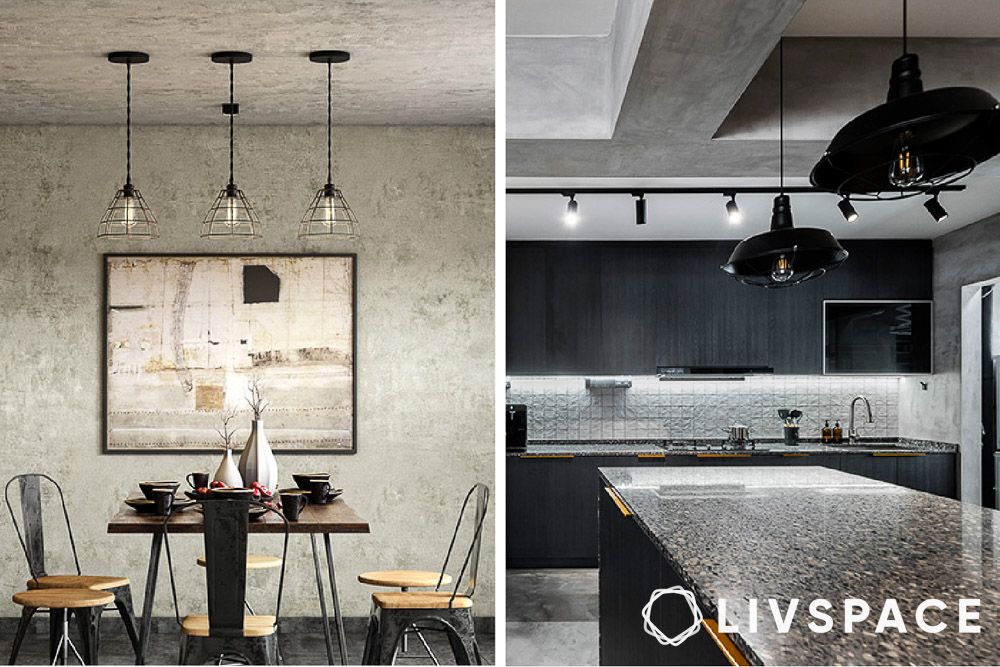
It ranks among the relatively expensive types of paints for homes. Cement paint is a durable paint that is best for exposed surfaces that face fluctuating weather conditions and heavy use.
Suitable for: Cement surfaces and home interiors and exteriors that have a rough finish or are exposed to extreme weather conditions
Also Read: Best Paint Colours For Home: Colour Combination For Home Interiors
Kinds of house paint #3: Distemper paint
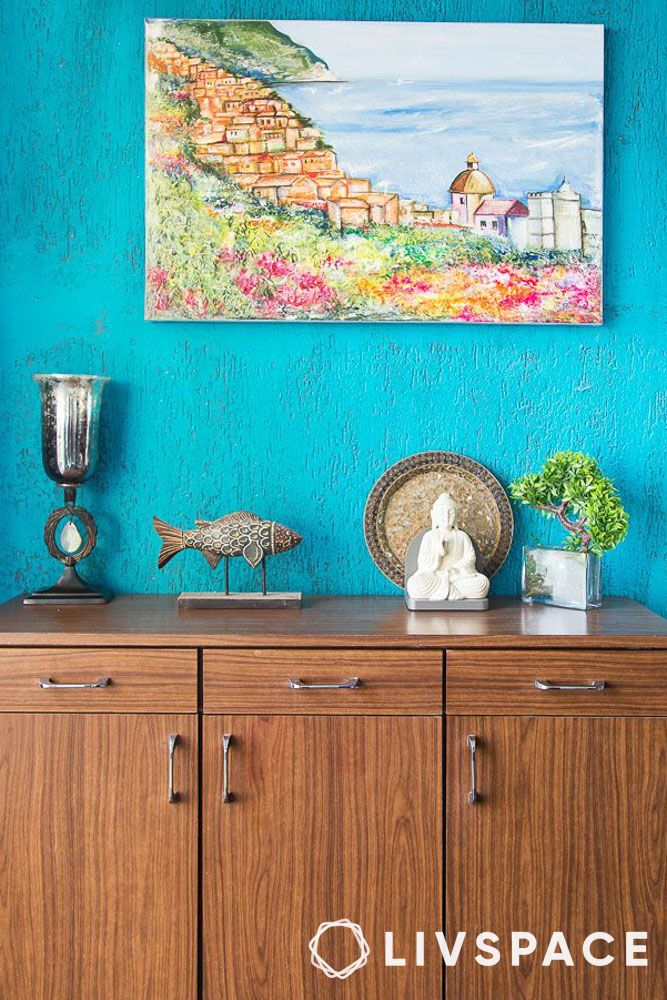
Distemper is made from a mixture of lime, water, chalk, glue and pigment. It is not as good as cement paint, but still better than a whitewash. It is a relatively inexpensive type of paint and is ideal for areas where durability and longevity are not important considerations.
Suitable for: Mostly interiors but can be used in a few exterior areas
Types of paints for walls #4: Emulsion paint
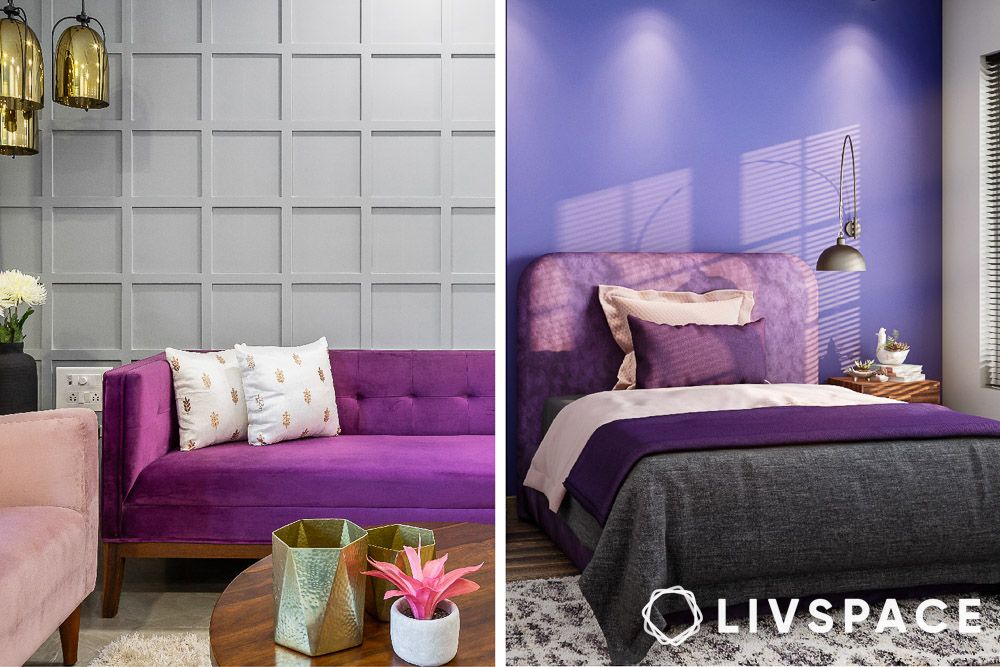
Fast-drying, weather-resistant, long-lasting, odour-free, durable, alkali resistant, offers superb texture, and retains colour for longer periods of time — what’s not to love about emulsion paint?! Not to be confused with acrylic emulsion, emulsion paints display resistance to fungi and mildew, are easy to apply, and are available in various finishes. This type of paint is non-toxic and easy to clean. So if you have kids and/or pets at home, this can be a good choice.
Suitable for: Exterior and interior walls, homes with kids and pets, kitchens
Also Read: 8 Painting Tricks to Use if You Want to Change the Size of Your Room
Different types of paint #5: Whitewash
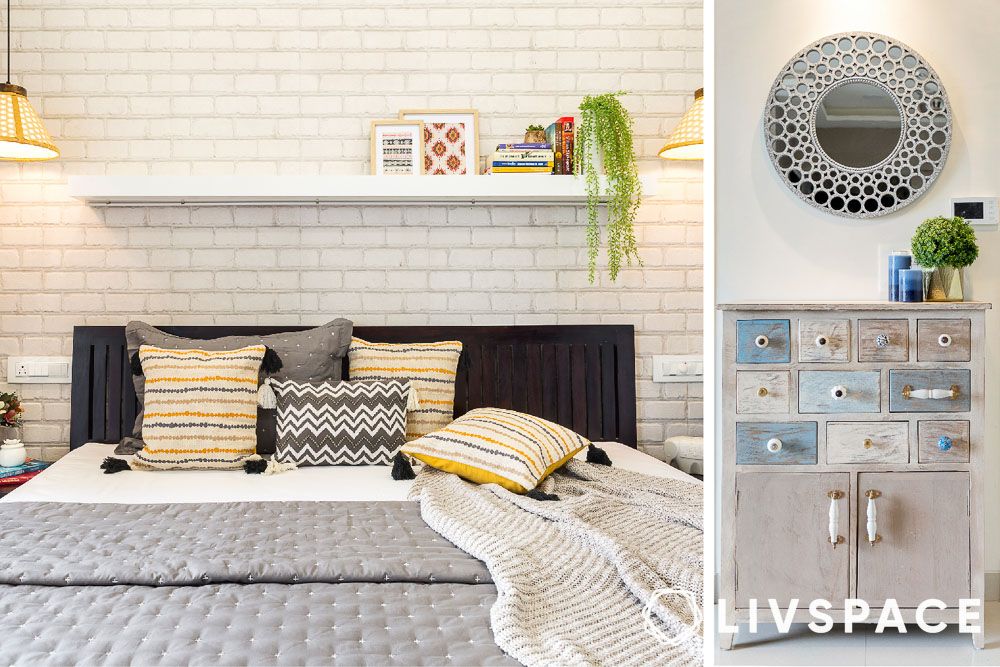
Whitewash is what you get when you mix a water-based paint with more water. The end result is a thinner paint. This type of paint for the house is used when you want to retain the texture and look of the surface that is being painted. For example, it looks great when used to paint porous surfaces like wooden cabinets and brick walls. The thin layer of paint allows some of the original colour, texture or grain of the painted surface to remain visible, adding a rustic vibe to the home.
Suitable for: Brick walls, furniture, cabinets, ceilings
Different types of paint #6: Enamel paint
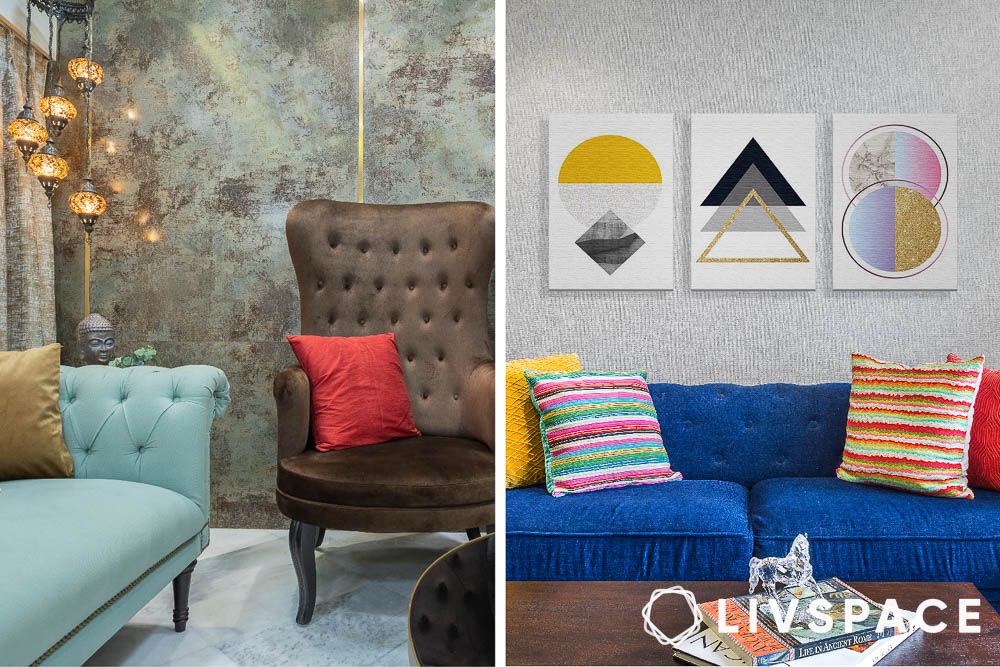
Enamel offers excellent durability and varied glossy effects, but it is one of the most expensive types of house paints for Indian homes. It is stain and water-resistant, slow-drying, and long-lasting. Although it is primarily an oil-based paint, you do get some water-based options.
Suitable for: Bathrooms, metal and wooden surfaces, walls
Different kinds of house paint #7: Acrylic emulsion paint
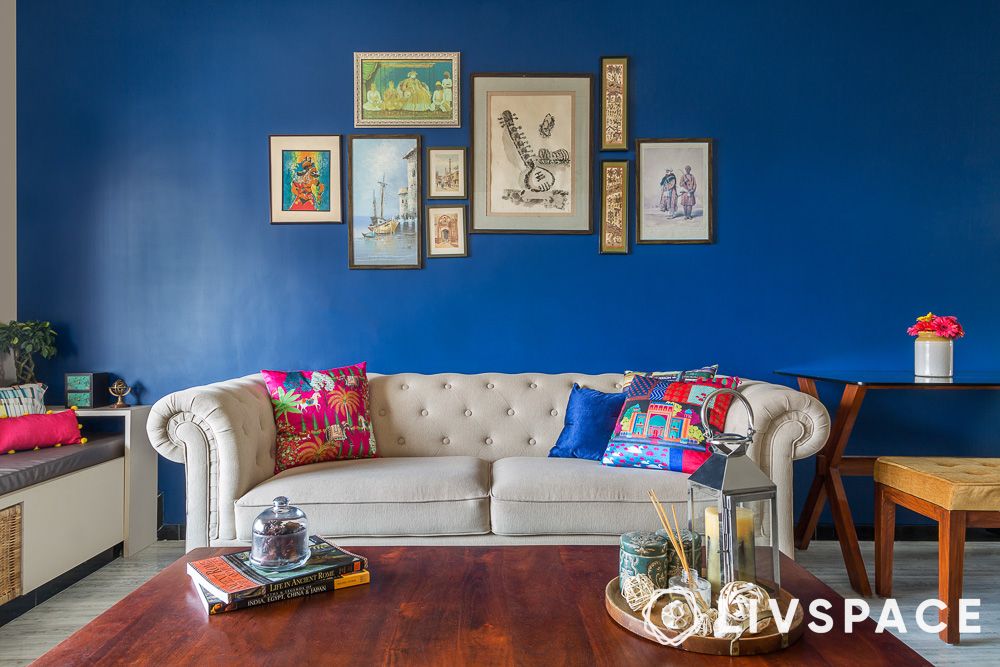
Acrylic emulsion paint has a denser consistency and hence gives better results in terms of colour vibrancy and finish. Fast-drying, water-resistant, non-flammable, odourless and easy to clean, this type of wall paint is a great choice for your home if you have the budget.
Suitable for: Interior walls and wooden objects and furniture
Different types of paint #8: Bituminous paint
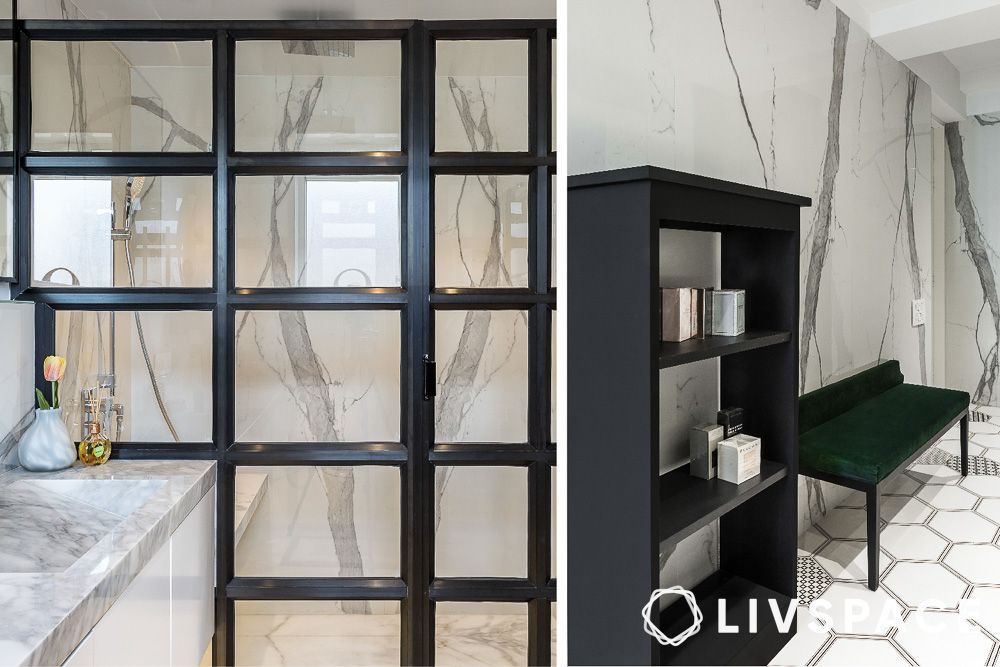
Some types of paints for your house perform a more functional role, and bituminous is one of them. It is waterproof and rust-and-weather resistant, so this type of paint adds a protective layer to surfaces. However, it is not suited for areas that receive a lot of sunlight.
Suitable for: Woodwork, pipes, grills, and other metal and underwater surfaces
Types of house paint #9: Synthetic rubber paint
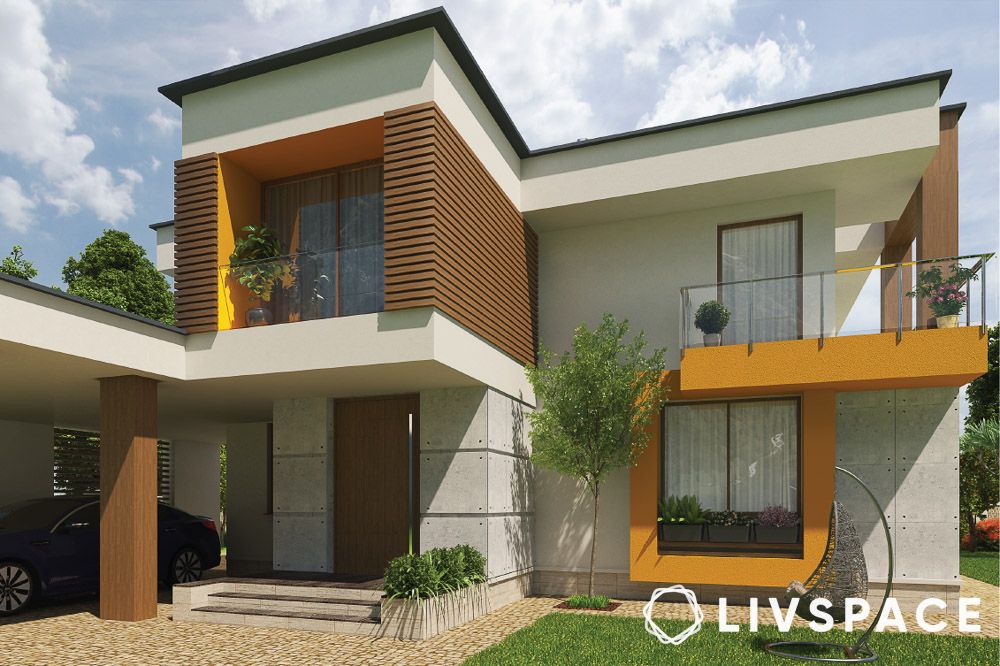
This type of wall paint is made by mixing synthetic resins with solvents and colour pigments. It is not only a cost-effective option for exterior walls, but it also dries quickly and offers excellent protection from the weather and chemicals. Additionally, it applies fairly uniformly to larger areas.
Suitable for: Floors, larger areas, concrete walls
Also Read: A Detailed and Easy Guide on the Cost of Painting a House per Square Foot in India
Types of house paint #10: Anti-corrosion paint
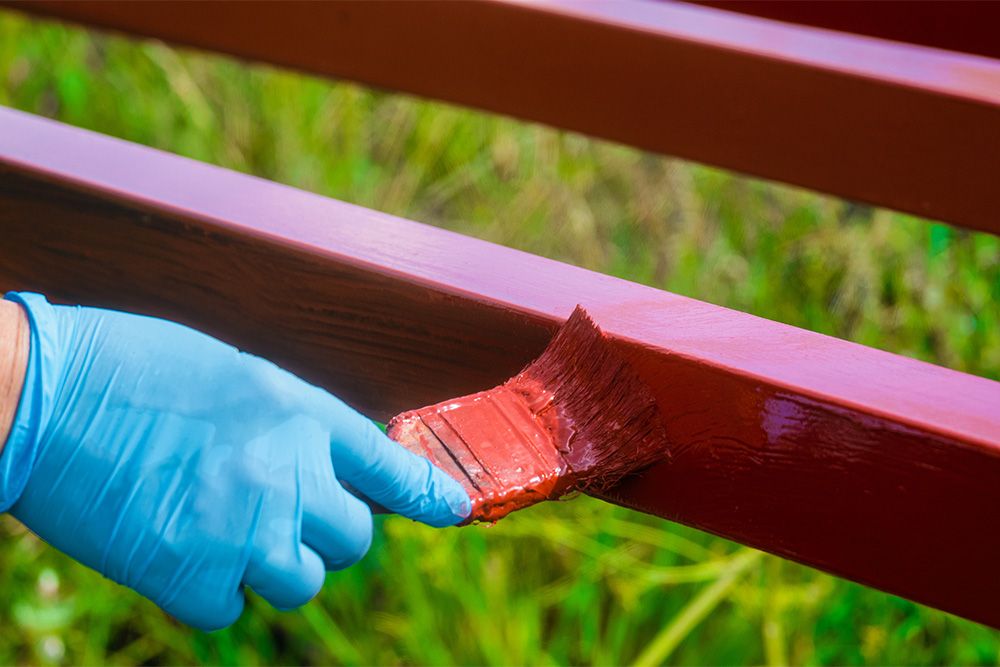
As the name suggests, this type of paint performs the primary function of protecting the treated surfaces from corrosion. Made from a mixture of sand, linseed oil and zinc chrome, anti-corrosion paint is a strong and cost-effective option for surfaces that are regularly exposed to air and humidity.
Suitable for: Metal surfaces made from steel and iron, such as pipes and grills
Types of house paint #10: Aluminium paint
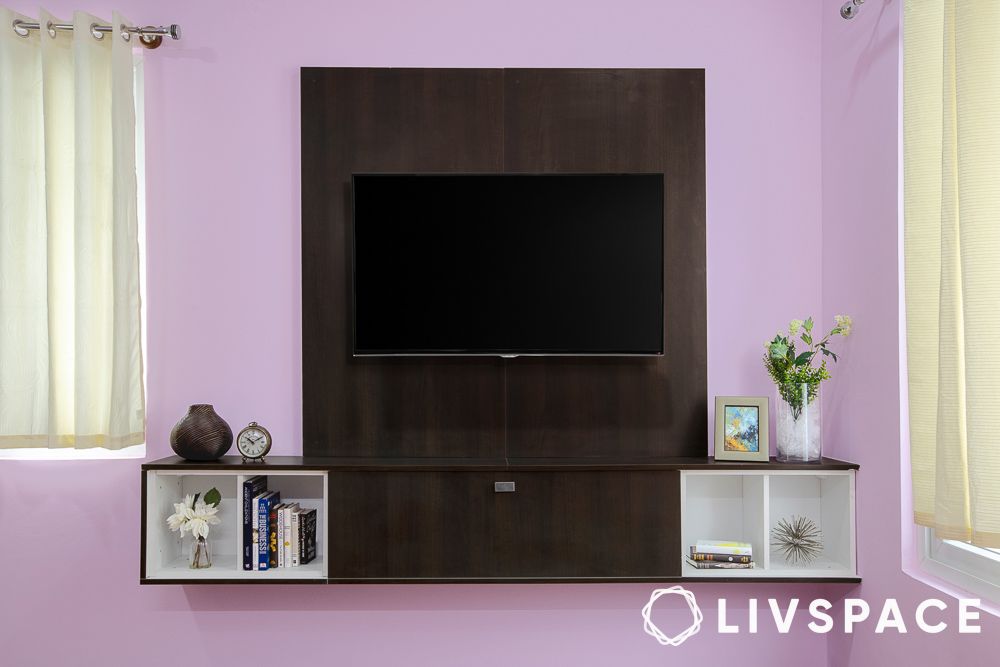
Unlike traditional paints, aluminium paint utilises a unique approach for achieving its metallic look. It forgoes coloured pigments and instead relies on microscopic aluminium flakes suspended in a carrier, most commonly a resin or acrylic base.
These flakes are the key players, dictating the final visual effect. This interplay between flake size and carrier properties allows aluminium paint to deliver a spectrum of visual effects, making it a highly versatile choice for achieving the desired metallic aesthetic on your project.
Suitable for: Exterior surfaces, pipes, railings, and machinery
Popular Wall Paint Brands in India
– Asian
– Dulux
– Berger
– Jenson & Nicholson
– Nerolac
– Snowcem
– Shalimar
Apart from these properties, it is also important to understand how a painted surface looks when it dries. The end result is what is termed the paint finish.
Also Read: 10 Features to Look Out for When You’re Choosing Wall Paint
What are the most popular types of paint finishes?
Types of paint finish #1: Matte
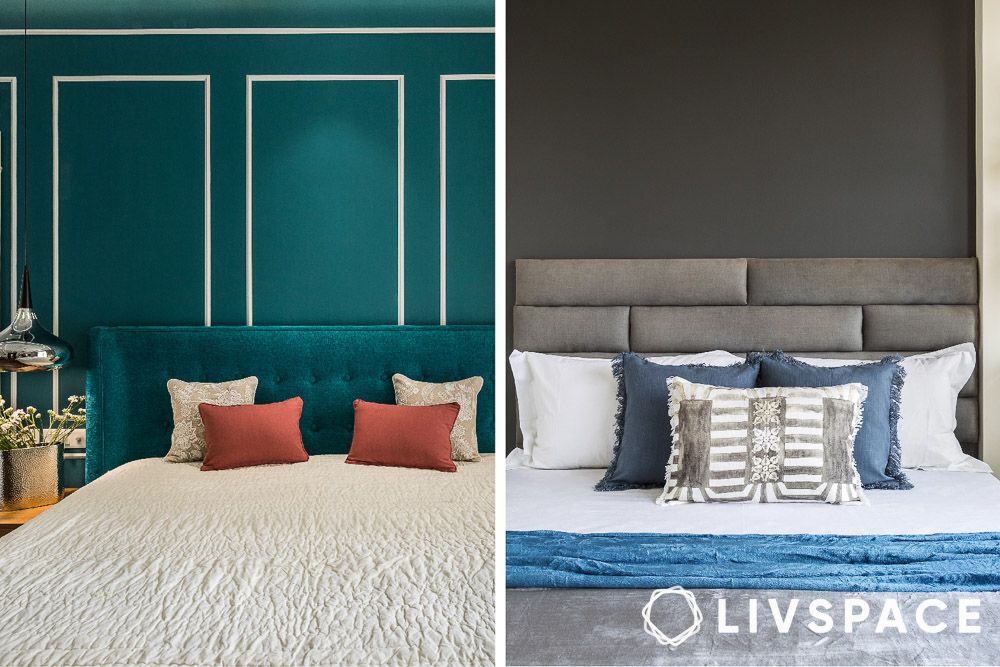
Perfect for hiding imperfections on walls and ceilings, this non-reflective finish offers the lowest level of gloss. However, its porous, velvety texture can be difficult to clean and needs regular retouching.
Types of paint finish #2: Gloss
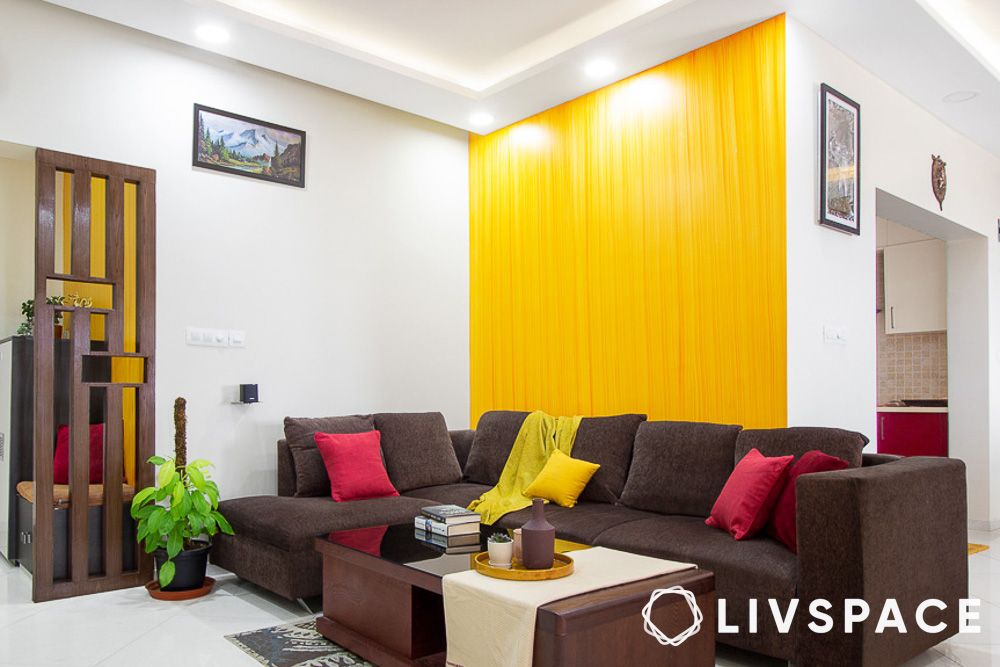
This finish is the most reflective of the four and is long-lasting. It can be cleaned multiple times as well. However, it needs more than one coat of paint to get an even look as otherwise, it can highlight flaws.
Types of paint finish #3: Satin and eggshell
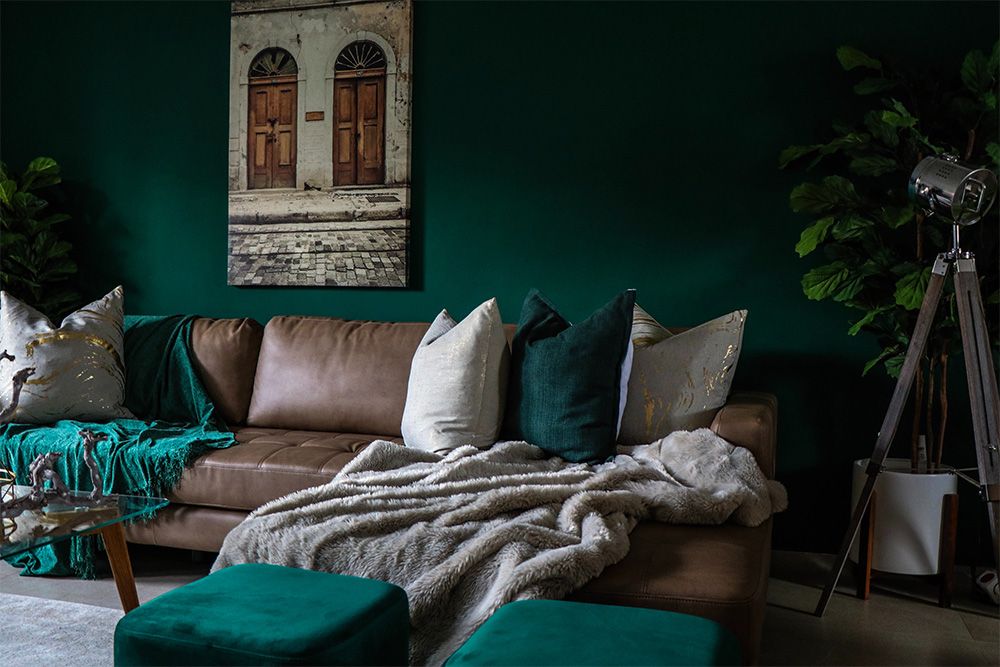
The silky, soft sheen of the satin finish is somewhere between matte and gloss. It’s quite durable and is often used to beautify bathrooms and kitchens, but can be used for other rooms as well. On the downside, it cannot hide imperfections. On the other hand, eggshell is easier to apply than satin but doesn’t offer the same smoothness.
Types of paint finish #4: Texture
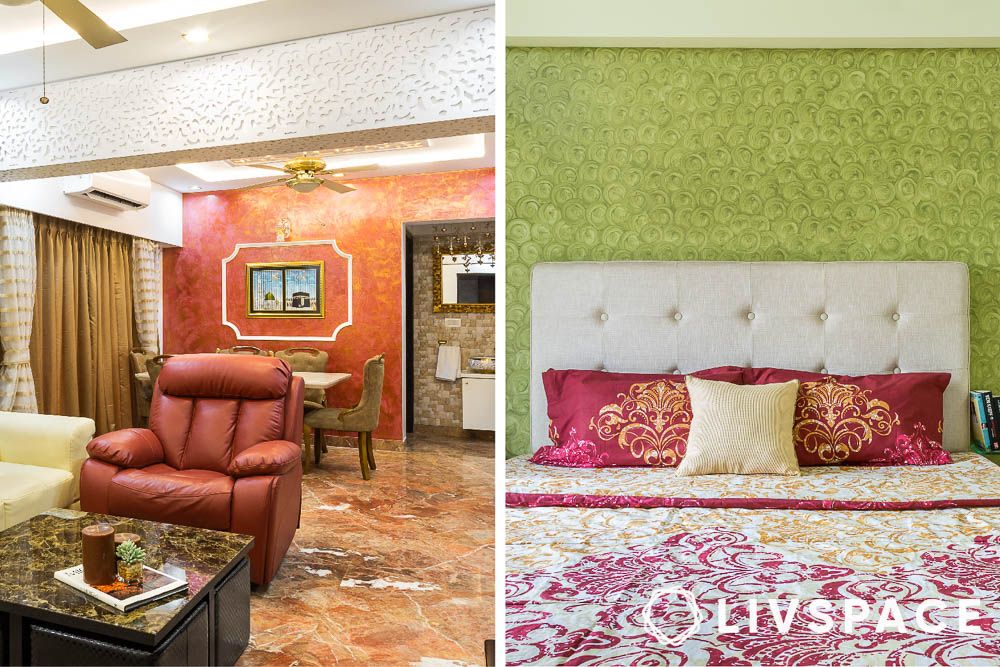
You can add some fun and depth to flat walls with the help of a textured finish. This type of finish is made by using various techniques and tools. Not only can it hide flaws, but it can also create a 3D effect on the wall. When created with the correct colour combinations, it can look as good as wallpaper.
Types of paint finish #5: Semi-glossy
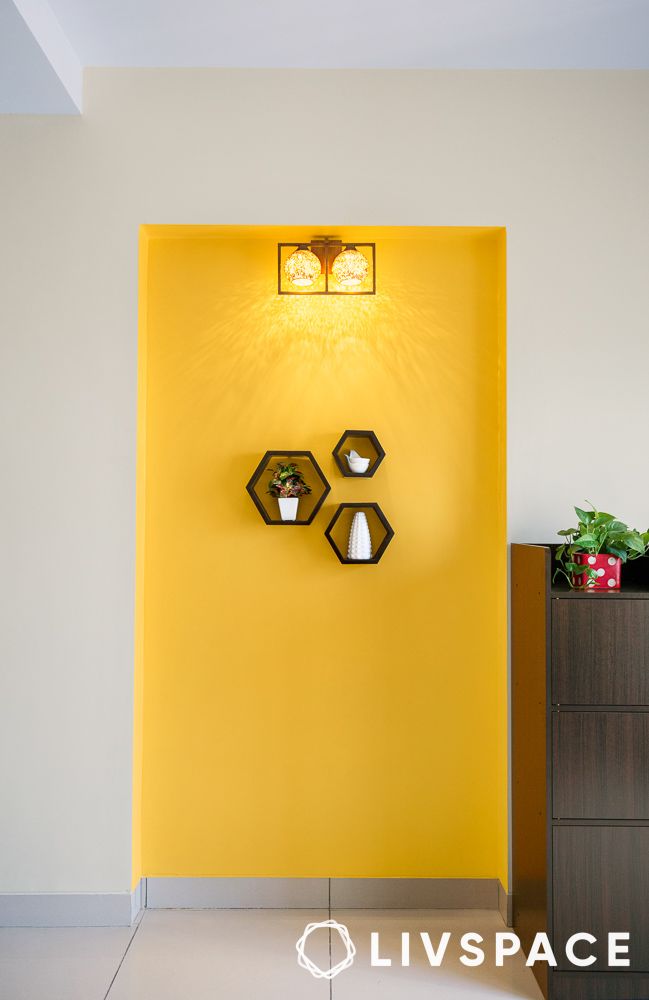
Craving a paint that’s both beautiful and practical? Look no further than semi-gloss! This finish offers the best of both worlds: a smooth, wipeable surface that resists dirt and imperfections, along with a subtle sheen that adds depth compared to flat paints. Imagine a pearl’s lustre – slightly reflective but not like a mirror.
With a sheen level between 30% and 50%, semi-gloss paint is ideal for areas that need some washability without appearing overly shiny or flat, making it a versatile choice for a touch of both style and functionality.
You can use different types of paints in the same room to create the result you desire. For example, you can bring vibrancy into your living room by choosing a textured finish for one wall. Also, paints have to be chosen depending on the layout of the room and how much natural light it gets. Lastly, the colour of your wall will always seem brighter and more intense than a swatch, simply because of the wall’s larger size.
Never compromise on quality and invest in the best paint within your budget. This way you will #LoveTheWayYouLiv!
How can Livspace help you?
- We have delivered over 75,000+ happy homes
- Our expert team can custom design your dream home by helping you choose the right materials for your needs
- We promise high-quality and durable materials
If you want beautiful interiors for your home, then look no further. Book an online consultation with Livspace today.












